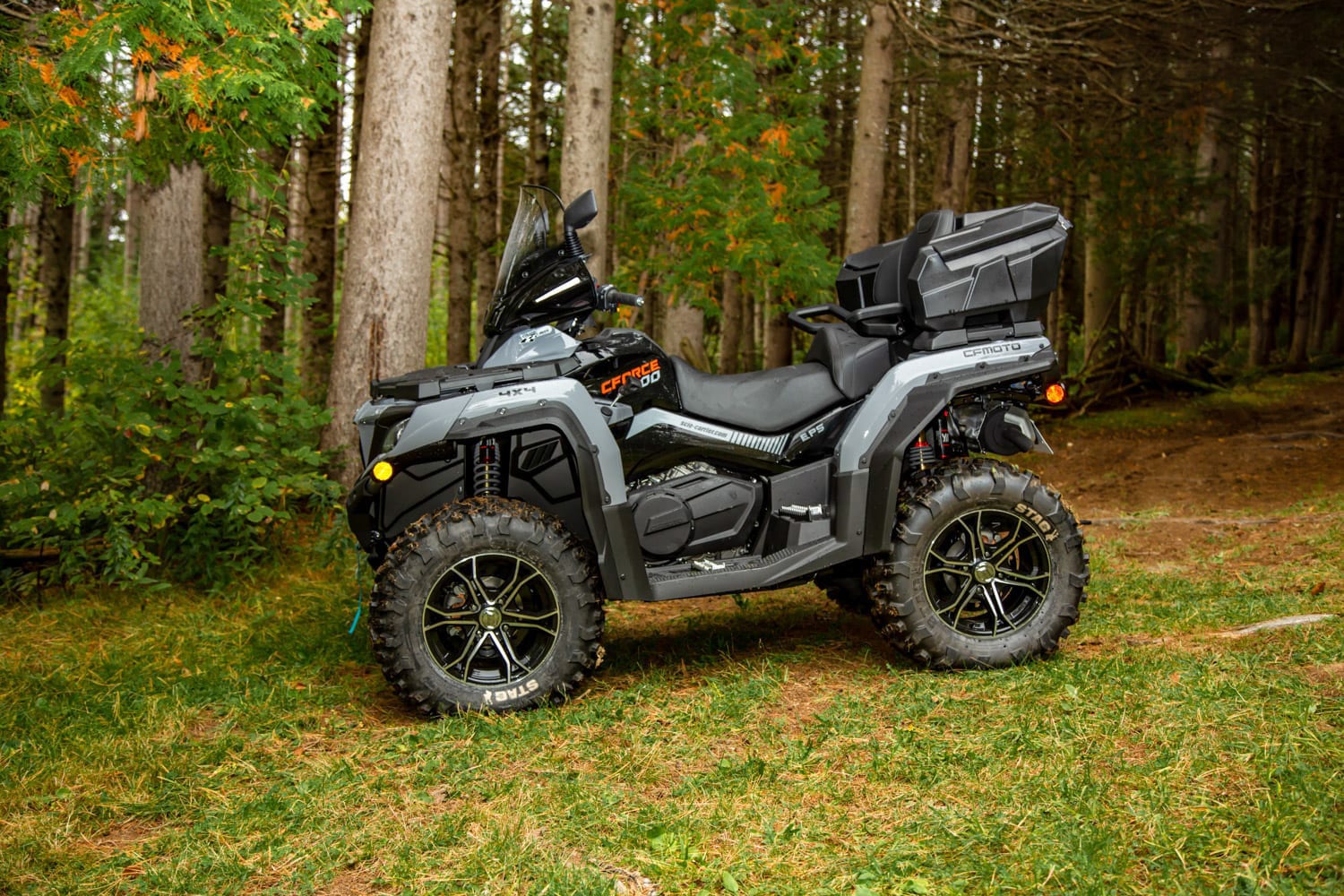Although a quad vehicle can be used 12 months a year, some enthusiasts only use it during very specific periods. Hunters are an excellent example of ATV owners who enjoy their machine for a set time in the year but don’t use them when the hunting season is over. Some care should be taken to our vehicle when we do not plan to use it for a long time to ensure it is ready to go when its services are required again.
Here are some steps that will save you time and money:
1. Wash your vehicle
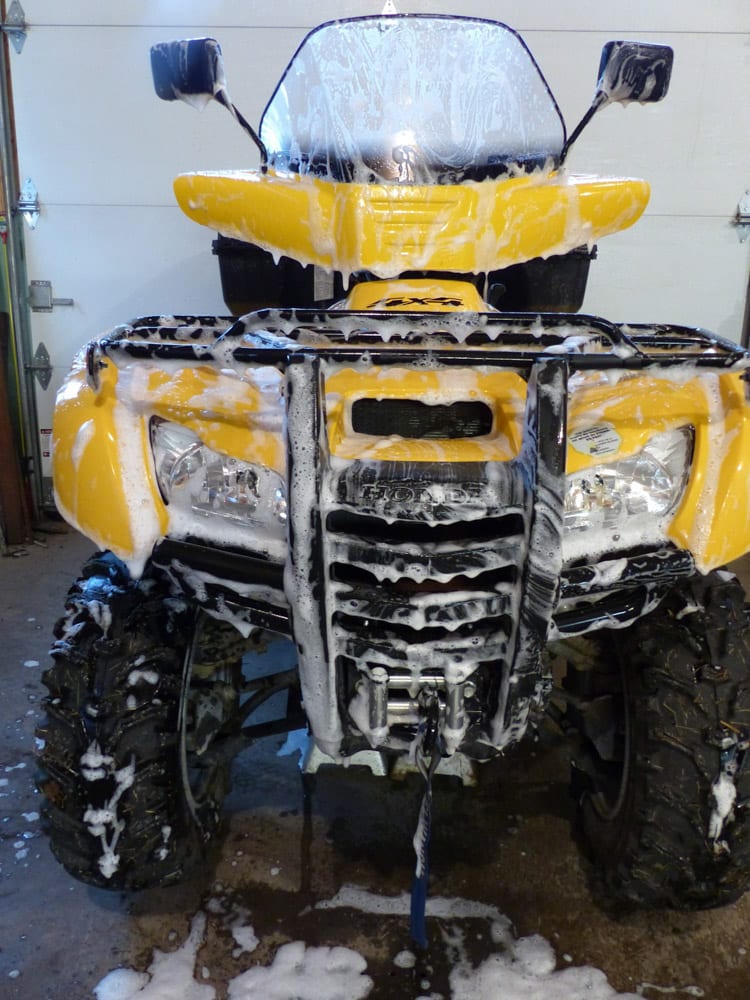
Wash thoroughly and take care to remove mud from hard-to-reach places. This cleaning will also remove brake dust, which increases the risk of corrosion. It is also best to apply a coat of wax to painted surfaces to give them extra protection. Lubricate all the items that could corrode during a long period of storage: chains, sprockets, cables, and wheel lugs and nuts, to name a few. You can also spray the exhaust pipe with a mist of light oil.
2. Engine Coolant
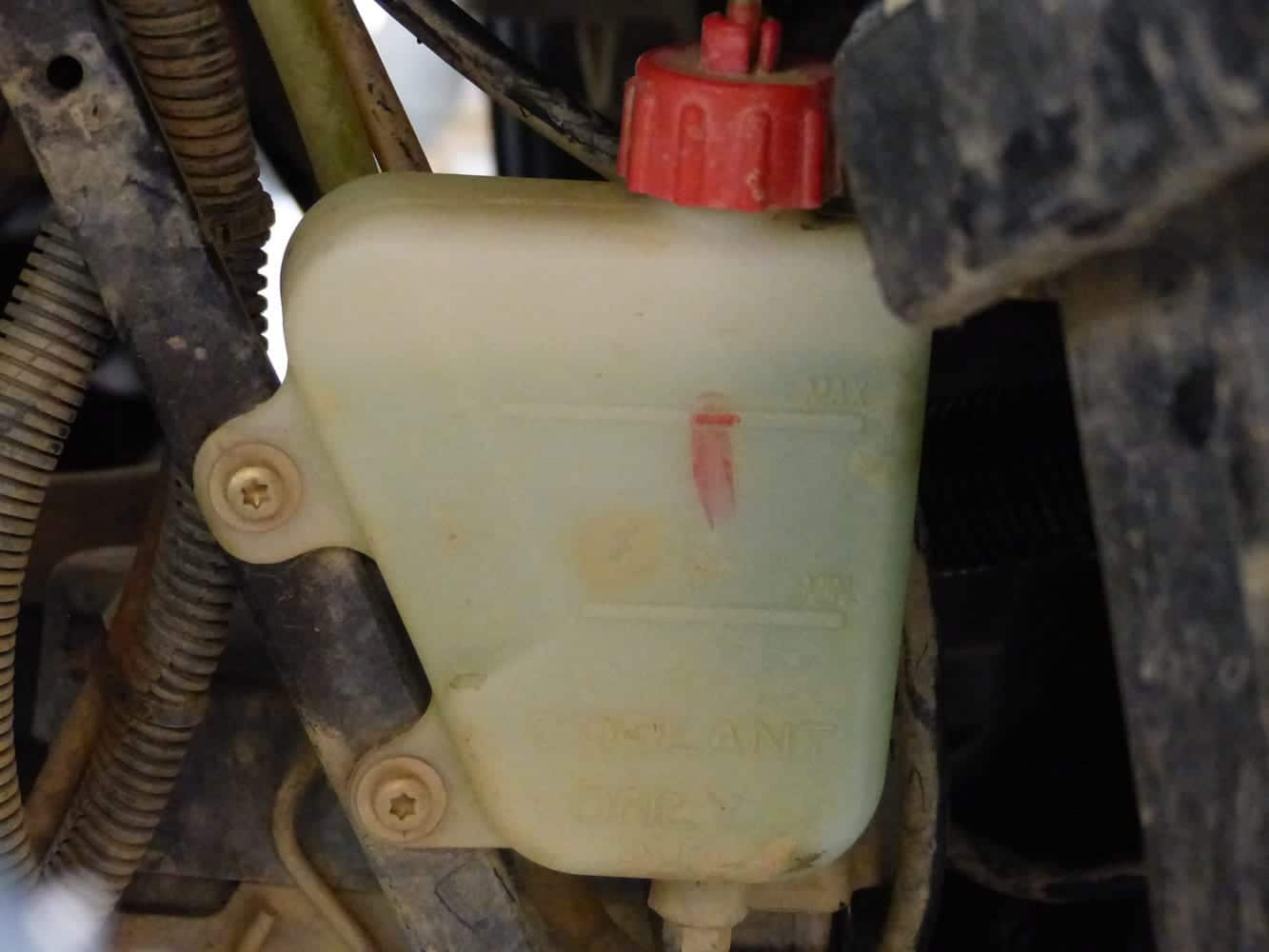
For liquid-cooled machines, fill up with coolant if necessary or change it entirely if it is more than two years old. Use the coolant recommended by the manufacturer and be sure the new mixture has adequate antifreeze protection.
3. Fuel system
Fill the fuel tank with fresh gasoline and add a fuel stabilizer. Run the engine for about 10 minutes to warm it up to operating temperature and to distribute the stabilizer through the fuel lines. Fill the gas tank up to the bottom of the filler neck to prevent condensation inside the tank.
4. Engine Cylinders
Manufacturer recommendations may vary, so it is best to consult your owner’s manual. Some mechanics spray the engine to prevent corrosion: remove the air filter and spray fogging oil directly into the intake while the engine is running until the exhaust becomes smoky. Replace the air filter. Some others drain the carburetor (see step 5), then remove the spark plugs and pour about a tablespoon of clean engine oil into each cylinder. At this step, cover the spark plug holes with a clean rag and crank the engine a few revolutions to distribute the oil in the cylinders. Install new spark plugs.
5. Carburetor
On carbureted engines, it is essential to drain the carburetor, especially if your fuel stabilizer is not alcohol-free. With the vehicle running, close the fuel valve and let the engine run out of fuel. Allow the engine to cool, locate the drain screw on the float bowl, and flush the remaining gasoline from the carburetor.
6. Engine Oil
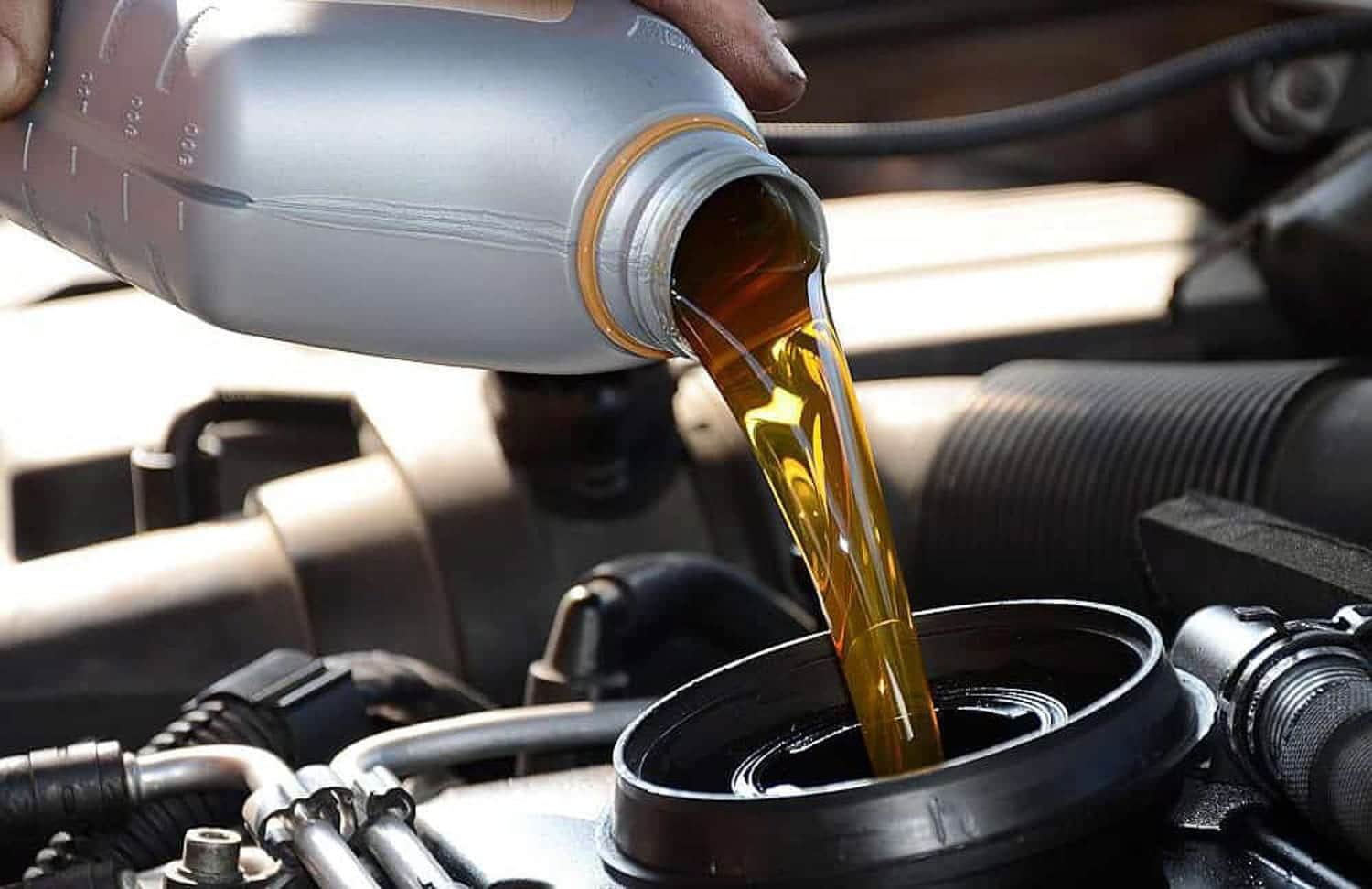
While the engine is still warm, change the oil and filter. Used oil contains acids and combustion byproducts that will eat away internal components during storage.
7. Battery
You have two options: if you store your vehicle in a heated area, leave the battery in your machine and plug it into a smart trickle charger. Otherwise, if you keep the vehicle outside, remove the battery to prevent possible freezing, bring it to a heated area, and connect to a trickle charger to maintain it fully charged.
8. Tires and suspensions
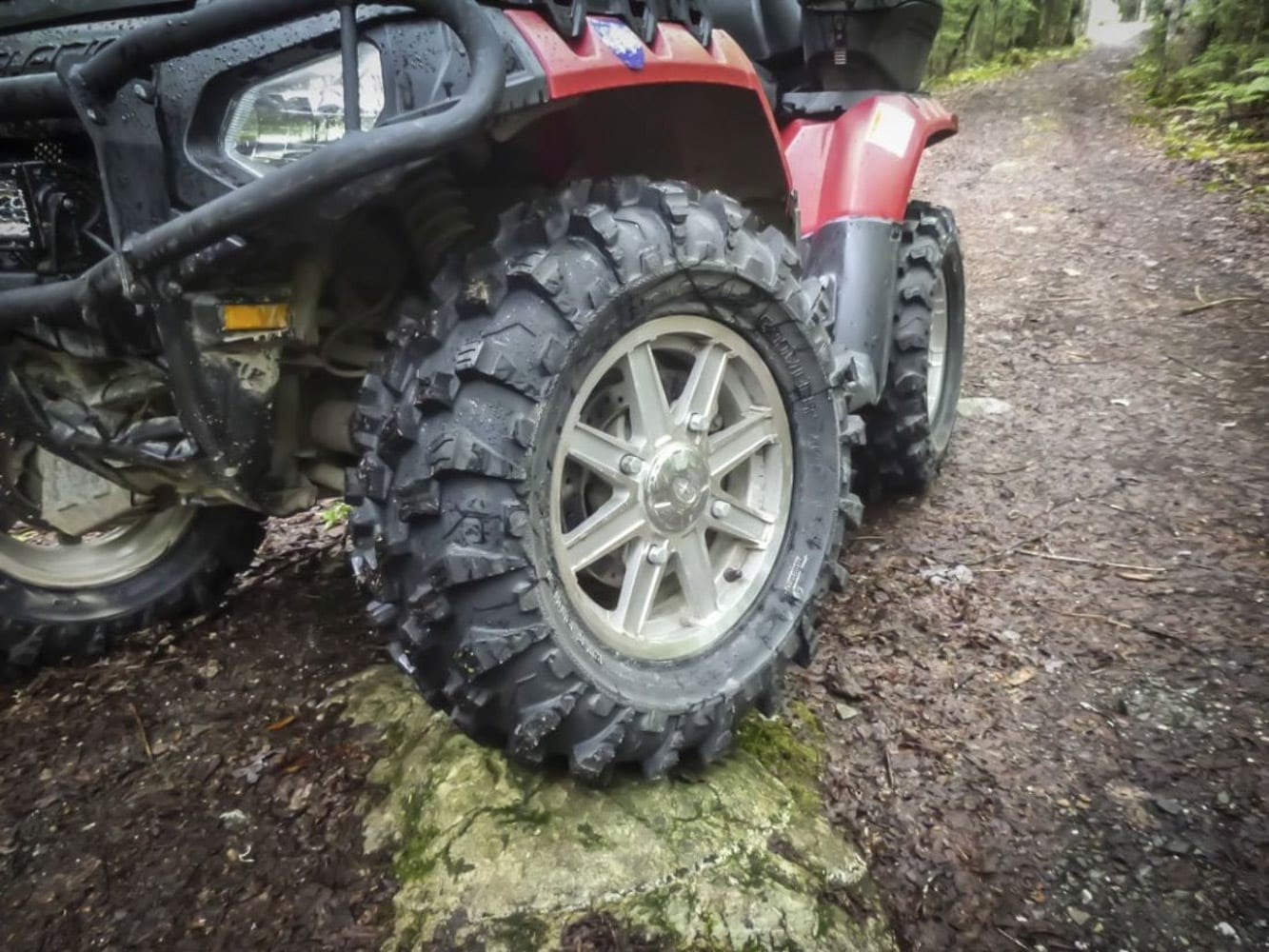
To prepare radial tires for winter, some manufacturers suggest only inflating them slightly above the driving pressure. To prevent tire deformation and suspension damage, we suggest you install blocks under the frame to raise the vehicle off the ground.
9. Protection
Use a waterproof tarp to protect an ATV stored outdoors (a breathable cover is best for indoors). It will protect your vehicle from UV rays, and the properties of a good quality tarpaulin will prevent moisture build-up and, therefore, corrosion of metal parts.
Finally, if you are consistent in your storage steps, your vehicle’s life will be significantly extended and will keep you away from mechanical workshops at the same time. See this as an investment that will save you time and money.


